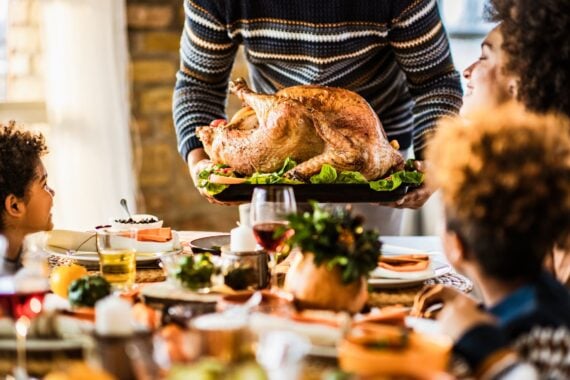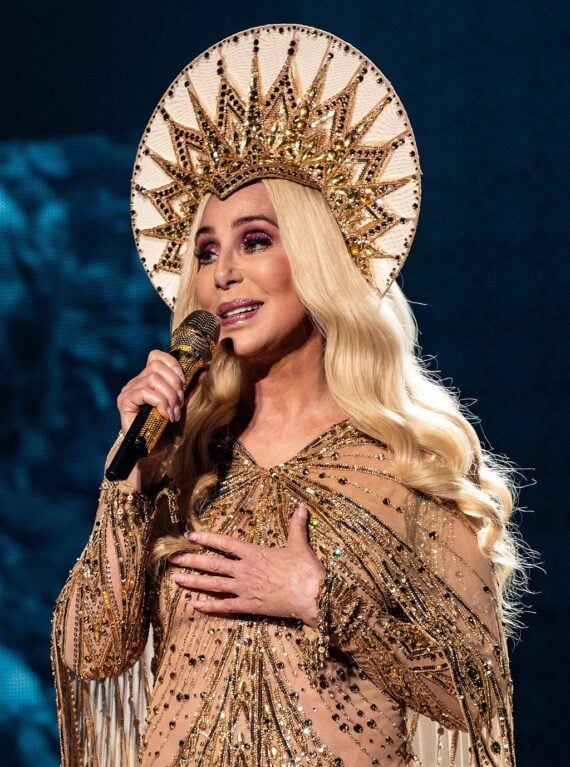Think you know the true story of Thanksgiving? What you learned growing up, while participating in Thanksgiving pageants, may not be historically correct. In fact, everything you think you know — from the Pilgrims landing on Plymouth Rock to turkey making you tired — may be wrong. Read on for some surprising Thanksgiving truths.
Related: Great American History Myths You Learned in School
Thanks a Lot

Think you know the true story of Thanksgiving? What you learned growing up, while participating in Thanksgiving pageants, may not be historically correct. In fact, everything you think you know — from the Pilgrims landing on Plymouth Rock to turkey making you tired — may be wrong. Read on for some surprising Thanksgiving truths.
Related: Great American History Myths You Learned in School
1. Thanksgiving Has Been Celebrated Yearly Since 1621
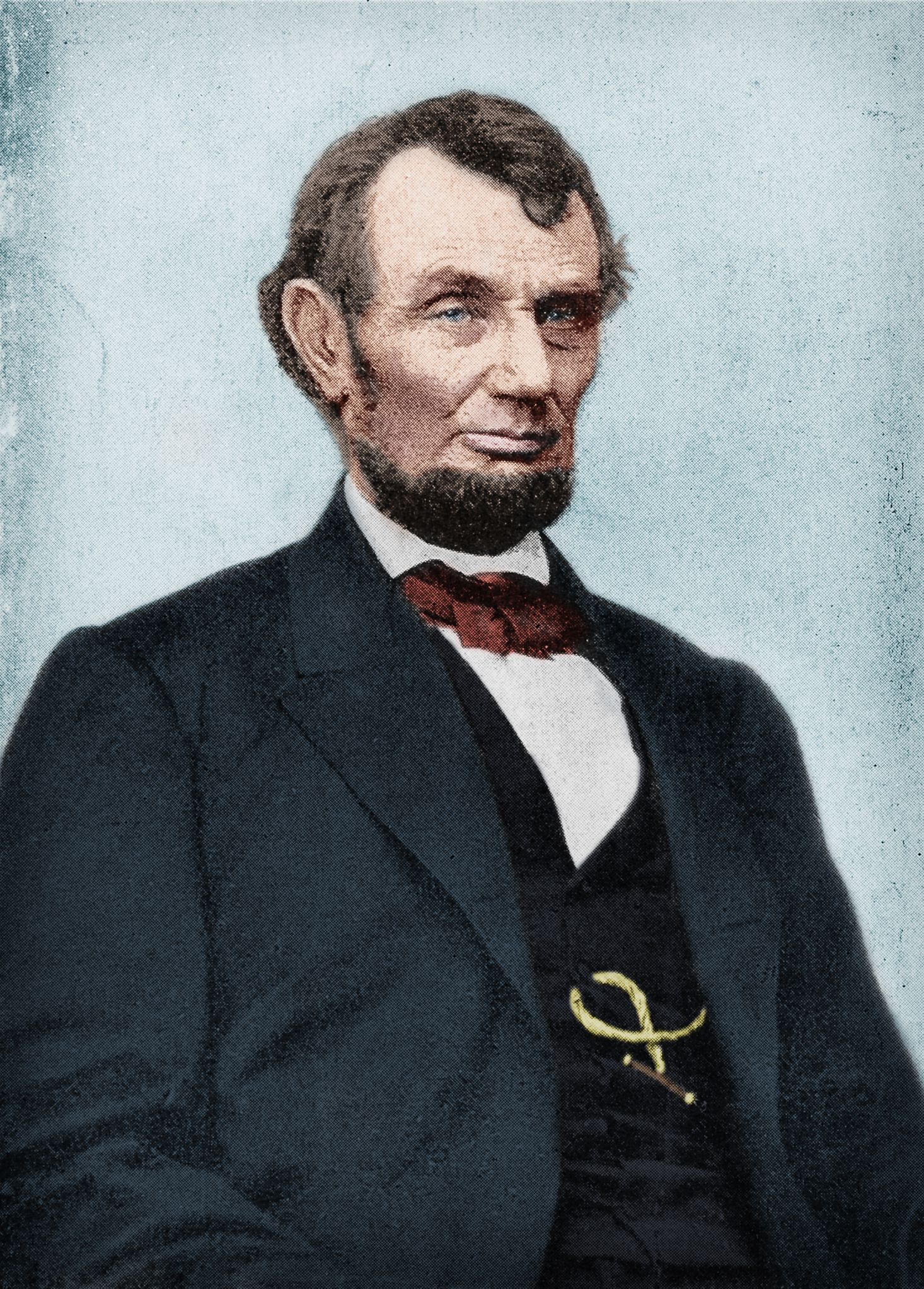
There is historical evidence that a feast was held in 1621 with Pilgrims and Native Americans present. But there’s no proof that this sort of feast was held again every year after. While George Washington issued a proclamation that named Thursday, November 26, 1789, a “Day of Publick Thanksgivin,” according to the National Archives, Thanksgiving didn’t become an actual holiday until Congress established it as so in 1870. Before that, it was up to the sitting president to set the yearly date. Abraham Lincoln declared Thanksgiving as the last Thursday in November in 1863.
Thanksgiving Has Been Celebrated Yearly Since 1621

There is historical evidence that a feast was held in 1621 with Pilgrims and Native Americans present. But there’s no proof that this sort of feast was held again every year after. While George Washington issued a proclamation that named Thursday, November 26, 1789, a “Day of Publick Thanksgivin,” according to the National Archives, Thanksgiving didn’t become an actual holiday until Congress established it as so in 1870. Before that, it was up to the sitting president to set the yearly date. Abraham Lincoln declared Thanksgiving as the last Thursday in November in 1863.
2. Turkey Was the Pilgrims’ Main Course
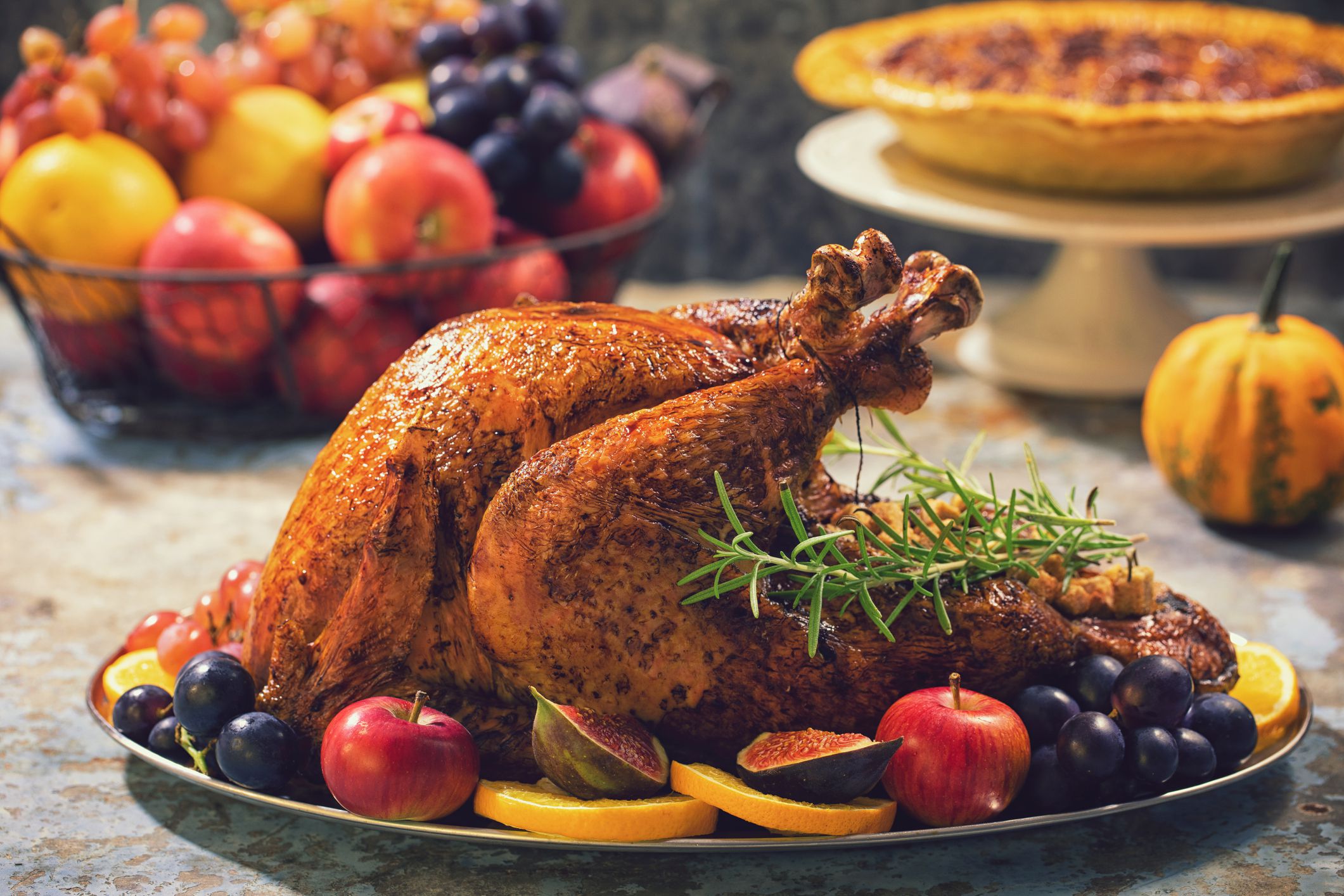
Deer was actually the main menu item, according to historical writings by Pilgrim leaders. Turkey, along with ducks and geese, were also served. It’s written that the Wampanoag people brought at least five deer to the dinner.
Related: Forget Turkey: Try These Thanksgiving Main Course Alternatives
Turkey Was the Pilgrims’ Main Course

Deer was actually the main menu item, according to historical writings by Pilgrim leaders. Turkey, along with ducks and geese, were also served. It’s written that the Wampanoag people brought at least five deer to the dinner.
Related: Forget Turkey: Try These Thanksgiving Main Course Alternatives
Trending on Cheapism
3. Pilgrims and Native Americans Met and Were Forever Friends
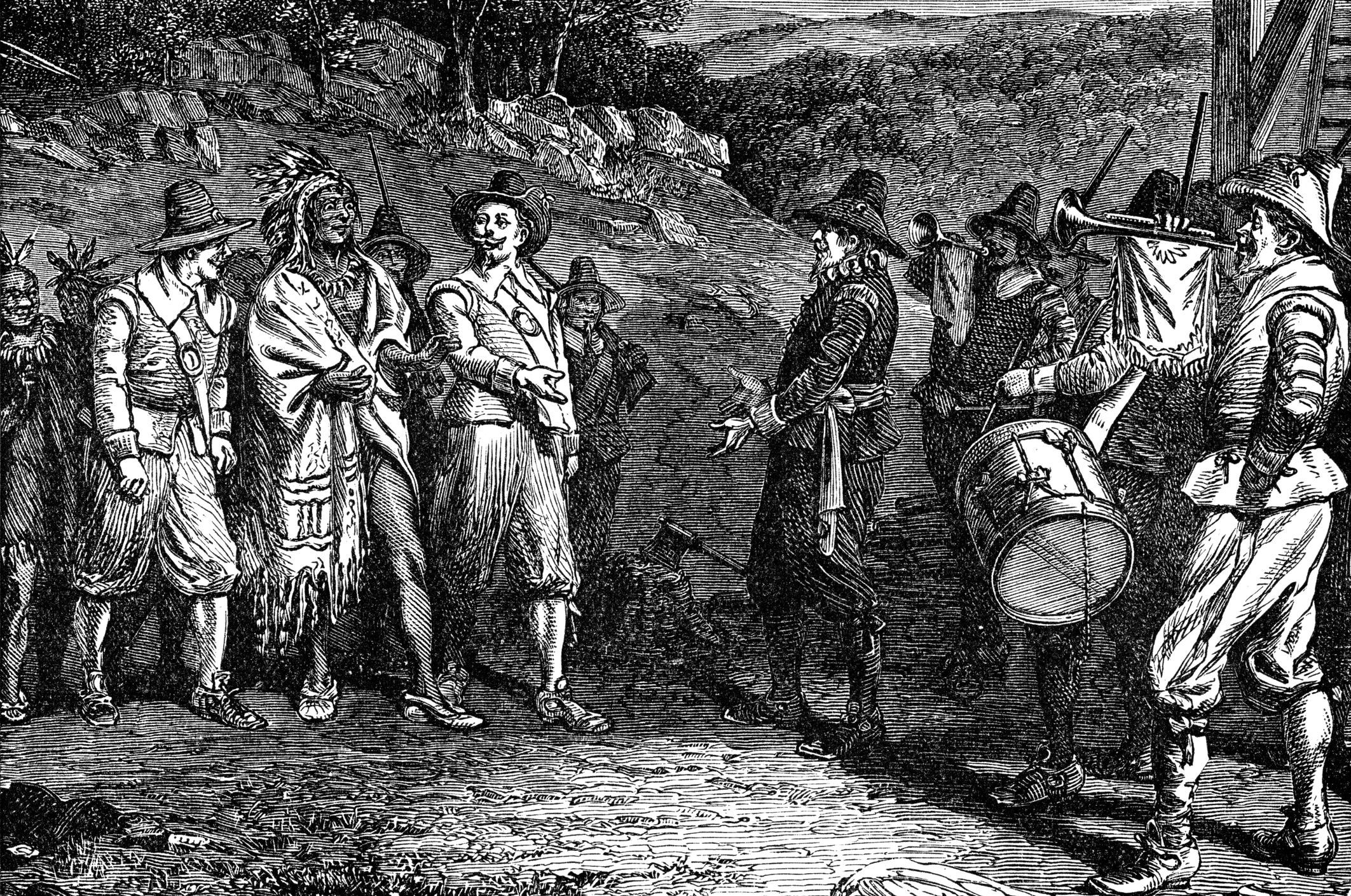
One little known factoid is that there was some history there already between the Wampanoags and the Pilgrims. It’s believed that at least a couple tribe members spoke English and had even been to Europe and knew of the Pilgrims’ trip, according to the Smithsonian magazine. Though the Wampanoags and the Pilgrims did establish an alliance, it was short-lived. More English colonists arrived and took more land, and an unknown disease brought by the settlers decimated the native population by an estimated 50 to 90 percent.
For more fun trivia stories, please sign up for our free newsletters.
Pilgrims and Native Americans Met and Were Forever Friends

One little known factoid is that there was some history there already between the Wampanoags and the Pilgrims. It’s believed that at least a couple tribe members spoke English and had even been to Europe and knew of the Pilgrims’ trip, according to the Smithsonian magazine. Though the Wampanoags and the Pilgrims did establish an alliance, it was short-lived. More English colonists arrived and took more land, and an unknown disease brought by the settlers decimated the native population by an estimated 50 to 90 percent.
For more fun trivia stories, please sign up for our free newsletters.
4. Pilgrims Wore Only Black and White
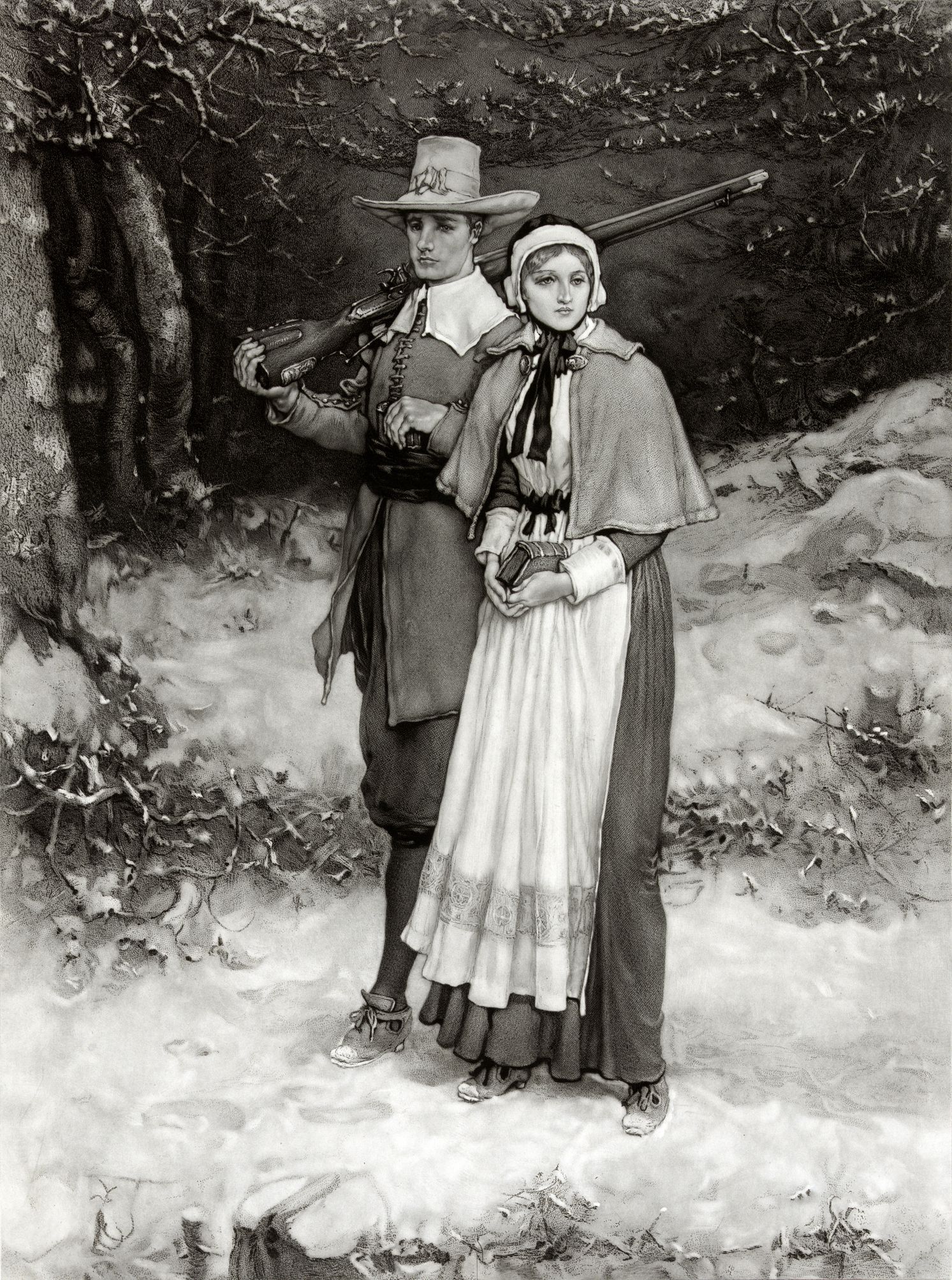
Pilgrims are usually depicted in severe black and white outfits, complete with large buckles. But their true fashions were slightly different. They actually wore a number of colors, according to Mayflower History. Some often-worn shades were blue, violet, green and red.
Sign up for our newsletter
Pilgrims Wore Only Black and White

Pilgrims are usually depicted in severe black and white outfits, complete with large buckles. But their true fashions were slightly different. They actually wore a number of colors, according to Mayflower History. Some often-worn shades were blue, violet, green and red.
5. Thanksgiving Is Only An American Tradition
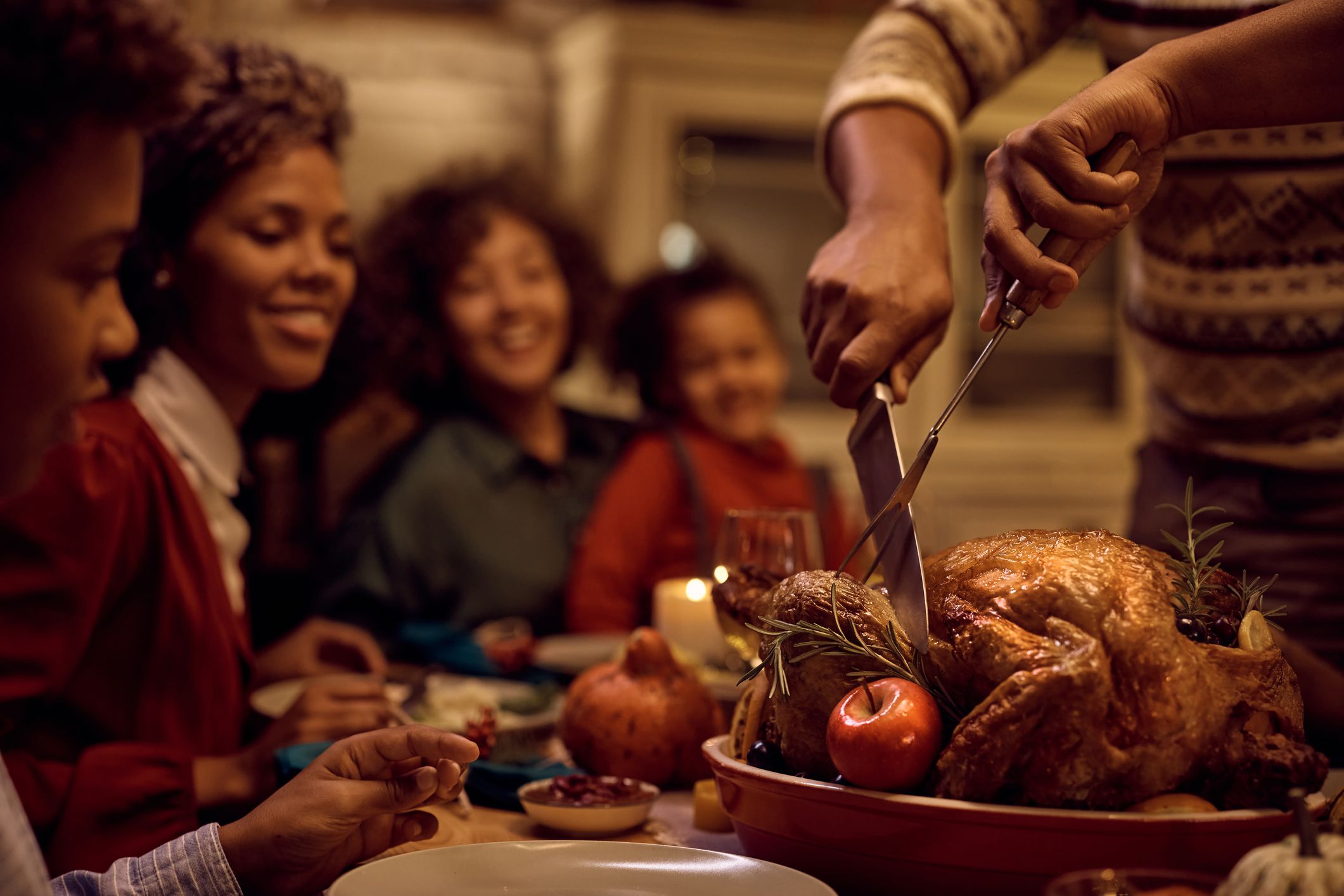
Though America bases its Thanksgiving tradition off of the original 1621 event, other countries have their own versions of the holiday. Canada celebrates a similar Thanksgiving holiday that actually pre-dates the American feast. The first event was said to be in 1578, held by an English explorer. Germany celebrates a harvest festival called Erntedankfest, and Japan’s Thanksgiving-like Kinro Kansha no Hi holiday has roots in an ancient rice festival. Liberia has a Thanksgiving holiday much like America’s, with a large feast.
Thanksgiving Is Only An American Tradition

Though America bases its Thanksgiving tradition off of the original 1621 event, other countries have their own versions of the holiday. Canada celebrates a similar Thanksgiving holiday that actually pre-dates the American feast. The first event was said to be in 1578, held by an English explorer. Germany celebrates a harvest festival called Erntedankfest, and Japan’s Thanksgiving-like Kinro Kansha no Hi holiday has roots in an ancient rice festival. Liberia has a Thanksgiving holiday much like America’s, with a large feast.
6. Presidents Pardoning Turkeys Started With Lincoln
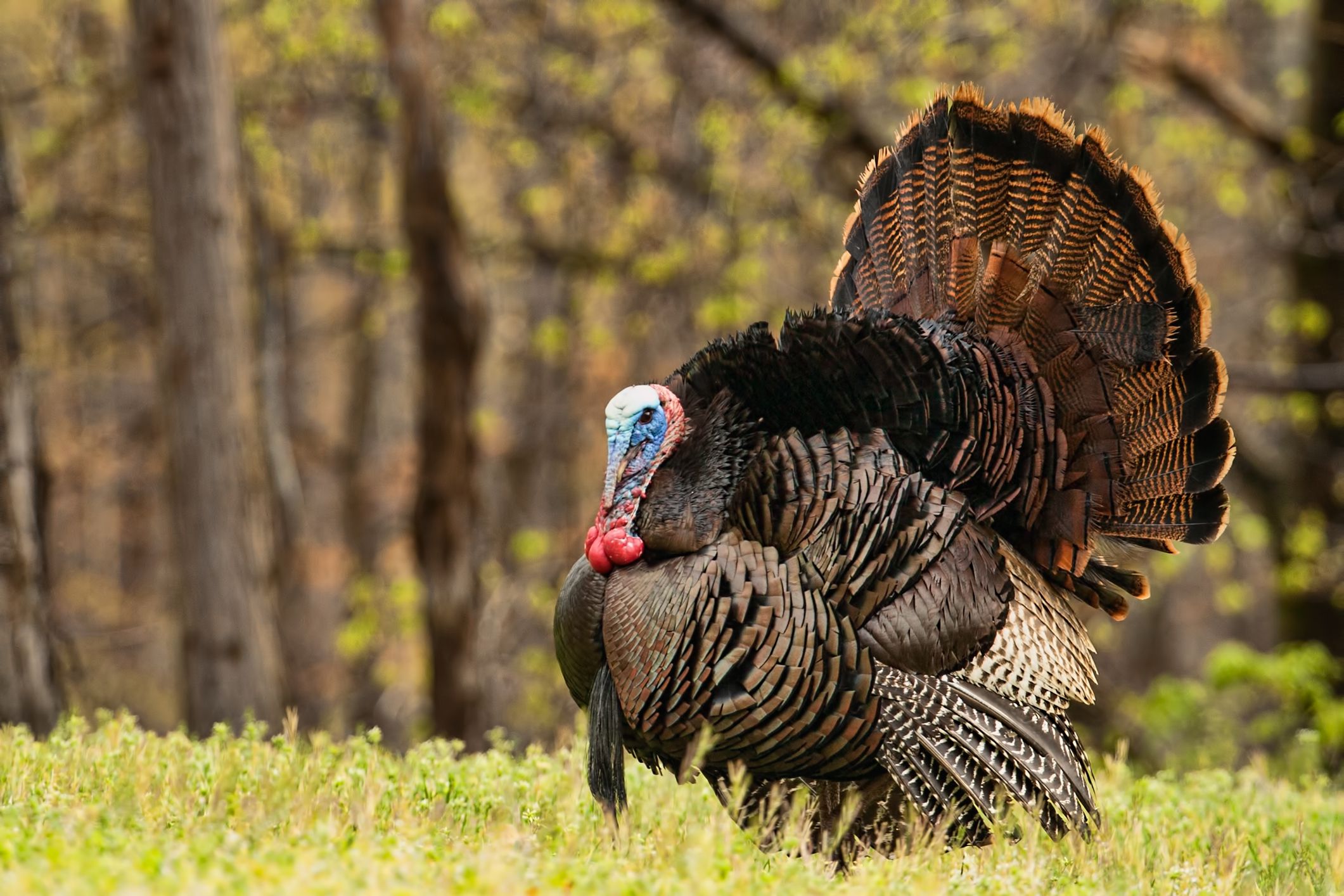
It was commonly thought that Abraham Lincoln pardoned the first turkey in 1865, and that the tradition truly began with President Harry S. Truman. However, the modern-day turkey pardon didn’t become an annual tradition until President George H.W. Bush. Before that, only certain presidents such as John F. Kennedy and Ronald Reagan had pardoned turkeys.
Related: 13 Things You Didn’t Know About Turkeys
Presidents Pardoning Turkeys Started With Lincoln

It was commonly thought that Abraham Lincoln pardoned the first turkey in 1865, and that the tradition truly began with President Harry S. Truman. However, the modern-day turkey pardon didn’t become an annual tradition until President George H.W. Bush. Before that, only certain presidents such as John F. Kennedy and Ronald Reagan had pardoned turkeys.
Related: 13 Things You Didn’t Know About Turkeys
7. Turkey Makes You Sleepy

It wouldn’t be Thanksgiving without feeling like you’re going to fall asleep after the meal. But is it really the turkey that put you in a “food coma,” as we commonly have been led to believe? Though turkey is thought to be high in tryptophan, it actually doesn’t contain much more than other poultry like chicken, according to USDA’s National Nutrient Database. The more likely cause of sleepiness? The high amounts of carbohydrates in the Thanksgiving meal.
Turkey Makes You Sleepy

It wouldn’t be Thanksgiving without feeling like you’re going to fall asleep after the meal. But is it really the turkey that put you in a “food coma,” as we commonly have been led to believe? Though turkey is thought to be high in tryptophan, it actually doesn’t contain much more than other poultry like chicken, according to USDA’s National Nutrient Database. The more likely cause of sleepiness? The high amounts of carbohydrates in the Thanksgiving meal.
8. The Pilgrims Intended to Land at Plymouth Rock
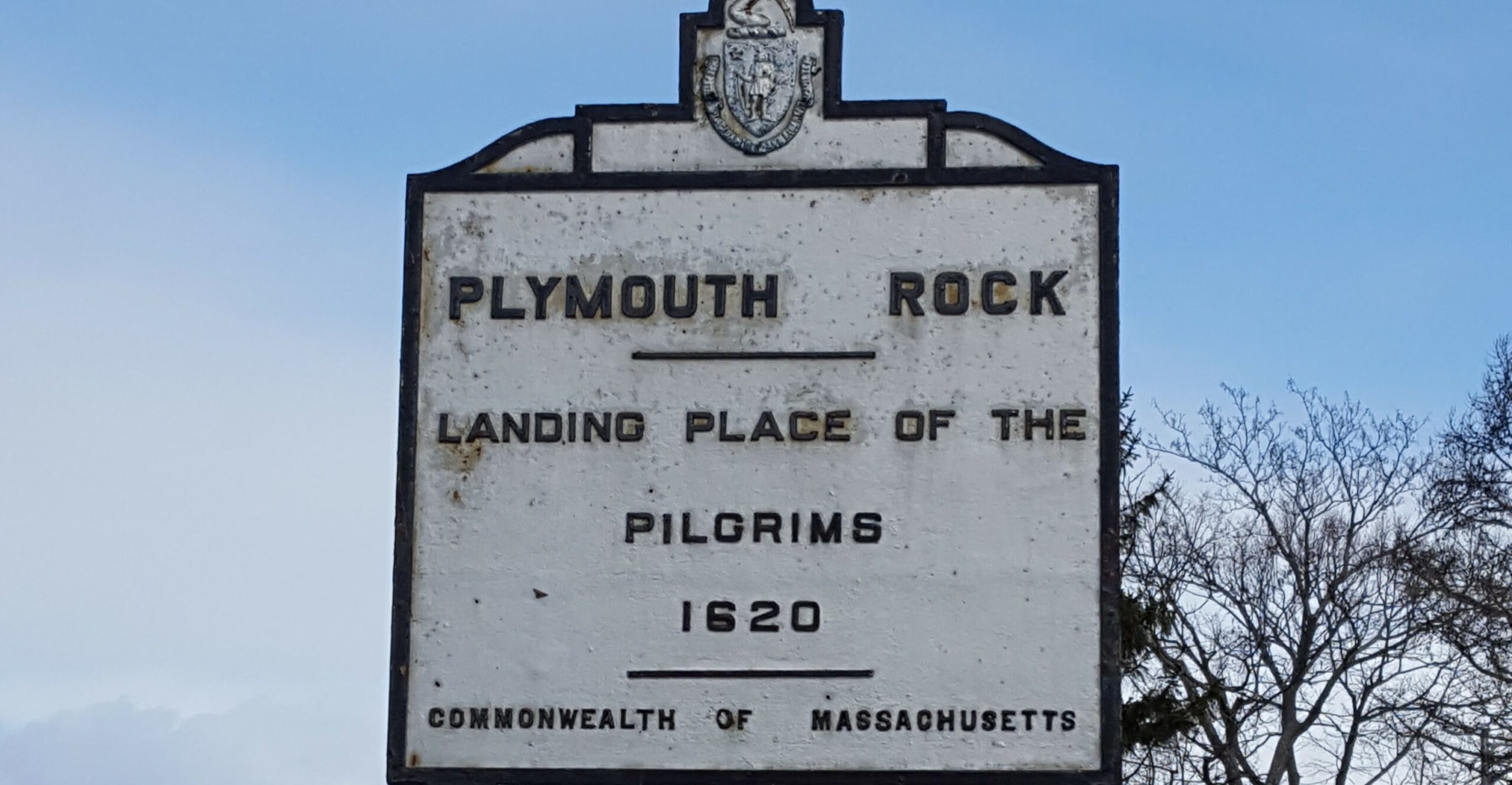
The Mayflower intended to sail to Virginia originally. But rough seas changed the ship’s course, with it landing in Cape Cod instead. The pilgrims chose Plymouth for the site of their settlement after exploring the Cape Cod region for about six weeks.
The Pilgrims Intended to Land at Plymouth Rock

The Mayflower intended to sail to Virginia originally. But rough seas changed the ship’s course, with it landing in Cape Cod instead. The pilgrims chose Plymouth for the site of their settlement after exploring the Cape Cod region for about six weeks.
